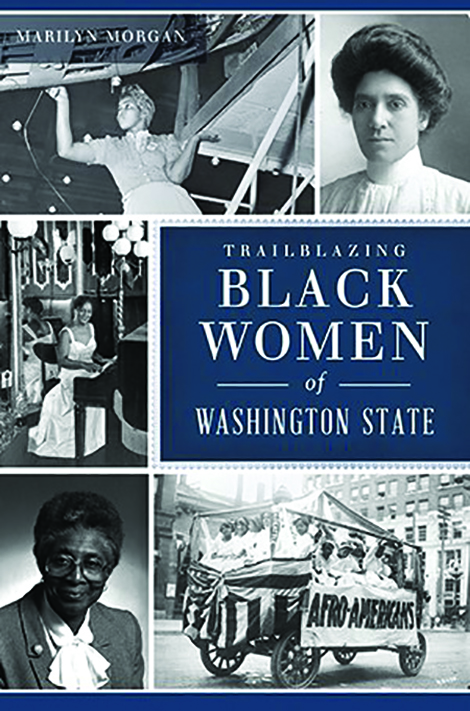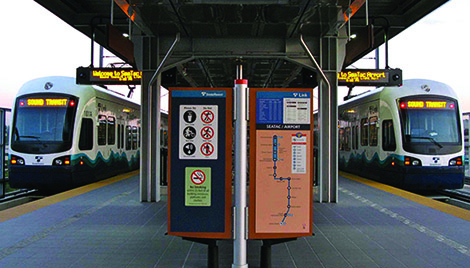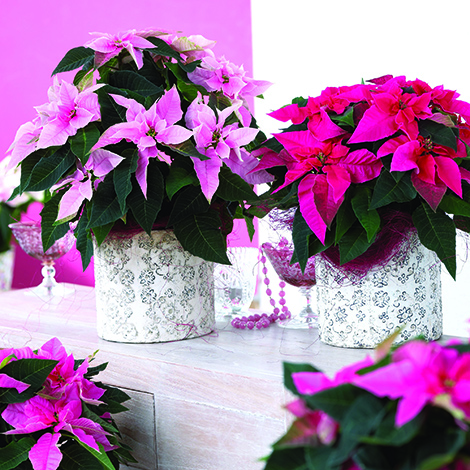BOOK REPORTS: Beating boredom; trailblazing black women; and Betty White
“Many of my clients confide in me that they fear being bored in retirement,” said Joe Casey, an executive coach and managing partner of Retirement Wisdom. “But it turns out that there’s a valuable benefit to boredom. It’s a signal that it’s time to explore new things. It can be a powerful catalyst for new pursuits. If you put time into it, it can get you moving in a new direction. Casey’s book, “Win the Retirement Game: How to Outsmart the 9 Forces Trying to Steal Your Joy,” has ideas on how to bring your whole brain to retirement, create a second act, and live your best post-work life. They cover cultivating creativity, preparing emotionally, physically and mentally for retirement, navigating common challenges of retirement: and recognizing that retirement isn’t a one-size-fits-all proposition. Casey retired at 52 after working for 26 years at Merrill Lynch as a senior vice president and in human resources.
“Trailblazing Black Women of Washington State” (arcadiapublishing.com) chronicles the lives and contributions of women who paved the way for new generations by breaking glass ceilings, organizing clubs, and making history as the first in their fields. From Nettie Craig Asberry, founder of the Tacoma NAACP, to Dr. Dolores Silas, now honored by a school bearing her name, teachers, scientists and politicians forged a path amid adversity, while others made a mark in wartime industry and the Seattle music scene. The author, Marilyn Morgan, is a historian and photographer living in Seattle.
In “Betty White’s Pearls of Wisdom,” author Patty Sullivan, a lifelong confidante and family member, reveals how remarkable the late actress-entertainer was. Patty met Betty in the late 1960s, and “her Sullivans”—Patty; her husband, Tom (whom Betty played matchmaker to); and their two children—became Betty’s adopted family, enjoying a rich relationship and amazing closeness for 53 years, until Betty’s final days. Through the intimate stories Patty shares, readers ee Betty’s fun-loving banter over a game of Scrabble, her wisdom imparted on a moonlit Christmas sleigh ride, and her passionate advocacy for all members of the animal kingdom. Proceeds from sales of the book (Amazon, Barnes and Noble, Target, BooksaMillion.com) will benefit the Monterey Bay Aquarium in California, one of cherished wildlife conservation efforts of the iconic woman who died in December 2021 at the age of 99.


